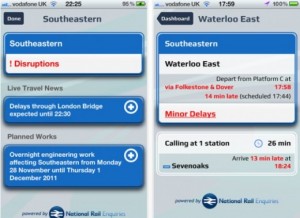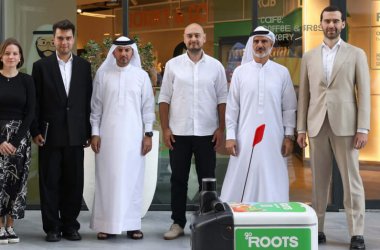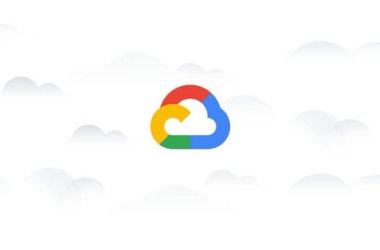 Google in east London hosted a two day “hackathon” last month to help demonstrate how open public sector data can be used to build apps for local communities.
Google in east London hosted a two day “hackathon” last month to help demonstrate how open public sector data can be used to build apps for local communities.
The two-day hack attracted over 40 developers from all over the country to race against one another to create the best apps using information from public sector databases. The hack was organised ICT hardware and services firm Stone Group and hackathoncentral.
The developers had access to the Local Government Association’s extensive datasets of local authority information, in addition to the Police API and public data from all 43 polices forces in the country.
The five hack winners included a best app for disabled people in the form of Wi-NAV. This is is a smartphone app that uses Wi-Fi scanning capabilities to triangulate a user’s position within the tube network by their proximity to mapped wireless access points.
While never connecting to any of the points, the app simply measures the distance a user is from the various access points to determine their location and provide the most convenient exit route.
The best mobile app was iNeighbourhood Watch, which gives citizens the ability to report low-level crime by submitting a photo taken on their smartphone. The person reporting the crime can append a text description with the image to provide additional detail, and the use of the phone’s GPS locator adds the location where the photo was taken.
The information is then sent to local police community support officers and/or local authority neighbourhood teams via the Police API.
The best designed app was deemed to be Shoreditch Hype, which is a social aggregation tool that focuses on the community hub of Shoreditch by collecting various social feeds to provide a picture of what is happening in the area.
For example, the TfL Cycle Hire API is used to show how many “Barclays Bikes” are available in the area and the Facebook search query API returns events for that day along with associated prices.
The best web app was Clouds Over London, which collates and aggregates data from various sources to provide users with a tool to find the most suitable areas in London to live, based on crime levels, access to education, level of pollution, access to services, cost of living, employment levels and area desirability.
Users enter their area and choose from four preset socio-economic templates of student, young professional, retired or family. The app then gives a relative weighting of the different London boroughs based on their assumed life preferences – for example low cost of living for students.
The best use of geographical data accolade went to Crimeline, which is another app making good use of mapping APIs, focusing specifically on crime data.
Written in PHP using a MySQL backend and using the Police API, the app groups various types of crimes into Google Maps layers. Filters showed the different crimes using exploding style navigation to expand on an area once clicked. Heat maps were used to show the areas worst affected by crime.
Milverton Wallace, leader of Hackathon Central, said, “The developers we gathered clearly demonstrated we can do more with the datasets that our local authority associations and service providers have access to, as it can be used for the betterment of society – the data is out there.”





